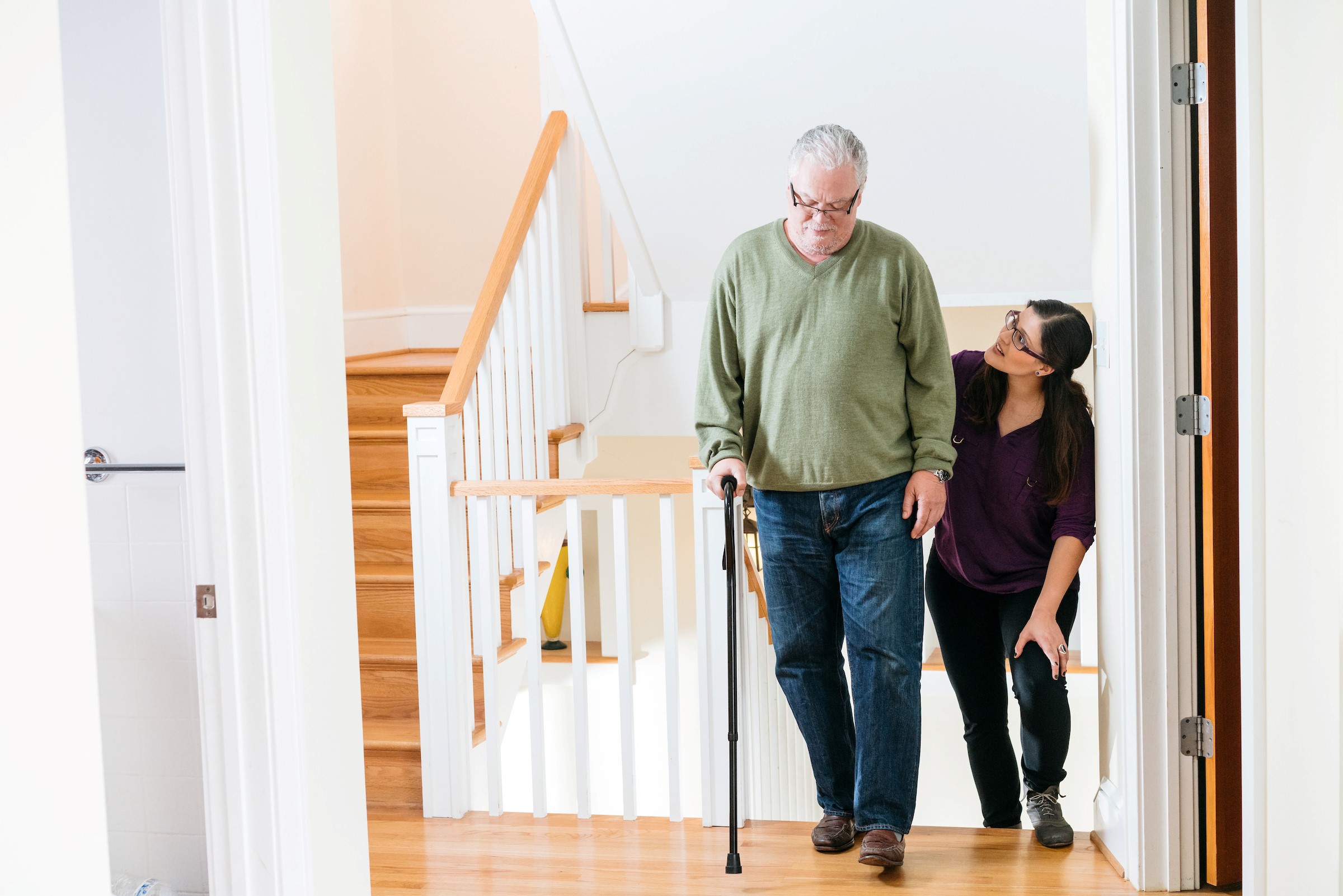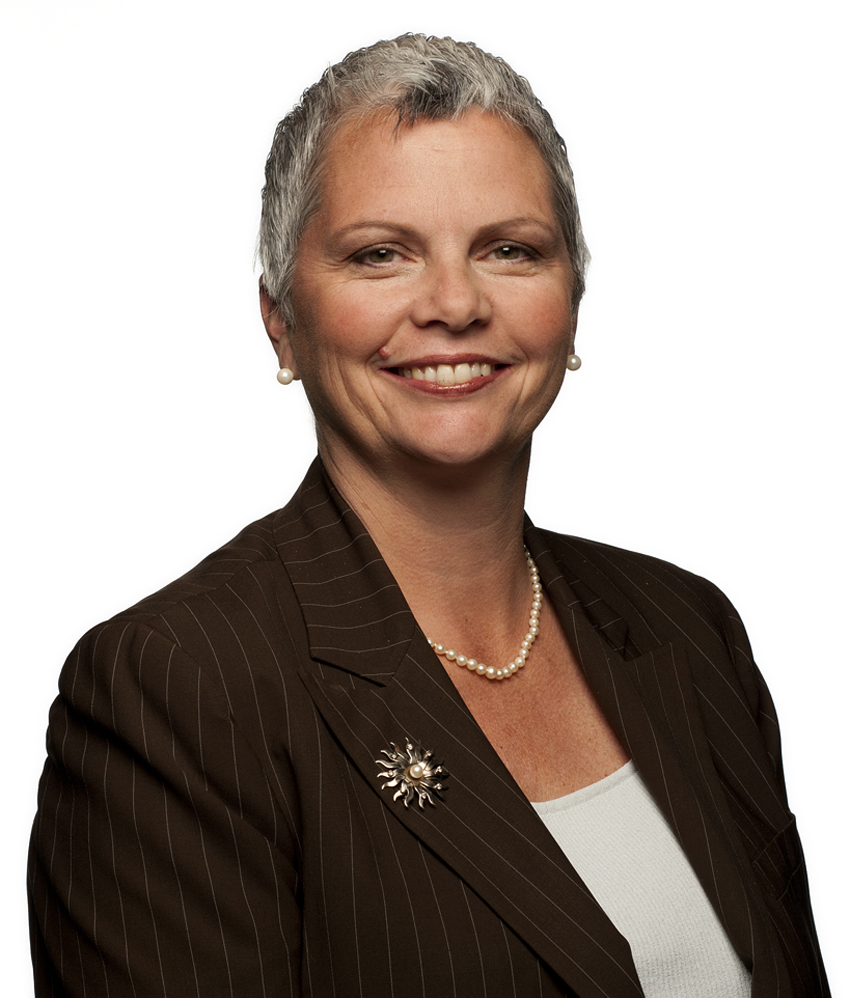AARP Hearing Center
Telehealth: The Next Wave of Technology Supporting Health Care Delivery and Family Caregivers
By Brendan Flinn, Winifred Quinn, September 17, 2018 03:47 PM

We live in a world of innovation. New technology is changing how we connect with friends, learn, work, play—and even obtain health care. Telehealth, a set of tools both old and new, allows clinicians and home-based patients to communicate with each other via video-conference, email, or just an old-fashioned telephone call. Newer tools enable clinicians to receive clients’ data (e.g., vital signs) and assess their status through remote monitoring devices.
According to research from AARP, most older adults prefer to remain in their homes as they age (rather than move to nursing facilities) and would need services to help them do so. Telehealth has the potential to play a role in this. While telehealth availability remains limited today, and some concerns exist regarding its use, people are more likely to embrace it as technology becomes easier to use and more accessible.
Benefits beyond Health Care Consumers
In addition to health care consumers, family caregivers, too, may benefit from the use of telehealth. More than 40 million adults in the U.S. provide support to family members, friends, and neighbors with daily tasks such as eating, bathing, meal preparation, transportation, and medical/nursing. Telehealth can help these family caregivers, for example, reduce the frequency with which they must provide transportation to health care appointments and such. Telehealth also offers the potential to ease certain caregiving responsibilities through such remotely performed functions as monitoring sugar level and blood pressure.

Cross-Generation Change Agents
As attitudes shift and technology evolves, consumers and family caregivers could adopt telehealth at increasing rates. Driving this, in part, are the preferences of younger adults, particularly Millennials. A recent survey found that Millennials are more likely than older generations to prefer a telehealth option for their own care. Thus, Millennials play a pivotal role in the current and future expansion of telehealth. Comprising close to 1 in 4 family caregivers, Millennials may help drive telehealth demand for the older adults they support as well.
This promise is not a guarantee of telehealth’s success. Another survey found that younger adults are slightly more open to care delivered by telehealth-although all age groups both support and are concerned about telehealth. Their concerns relate to privacy, communication effectiveness, and quality of care.
Next Steps
The benefits of telehealth need to be weighed against concerns and potential drawbacks. These include ensuring the security and privacy of health information, addressing technical issues, and questions related to the quality of care delivered by telehealth.
While these questions remain with regard to how telehealth growth will unfold, one thing is clear: telehealth has the potential to improve both health care delivery and the caregiving experience across generations.
A recent report from AARP’s Public Policy Institute points out that public policies can be updated to make telehealth more widely available and ensure that it is implemented in ways that protect consumers. As policymakers and industry consider the best ways forward on telehealth, they should consider the benefits for all stakeholders, including consumers and family caregivers of all ages.

Winifred V. Quinn, PhD, FAANP(H), is Director of Advocacy and Consumer Affairs at AARP Public Policy Institute for the Center to Champion Nursing America. Dr. Quinn tweets at @WinQuinnPhD.

Brendan Flinn is Policy Research Senior Analyst for the AARP Public Policy Institute. He works on family caregiving, long-term services and supports and Medicaid issues. Brendan tweets at @BrendanJFlinn.































































